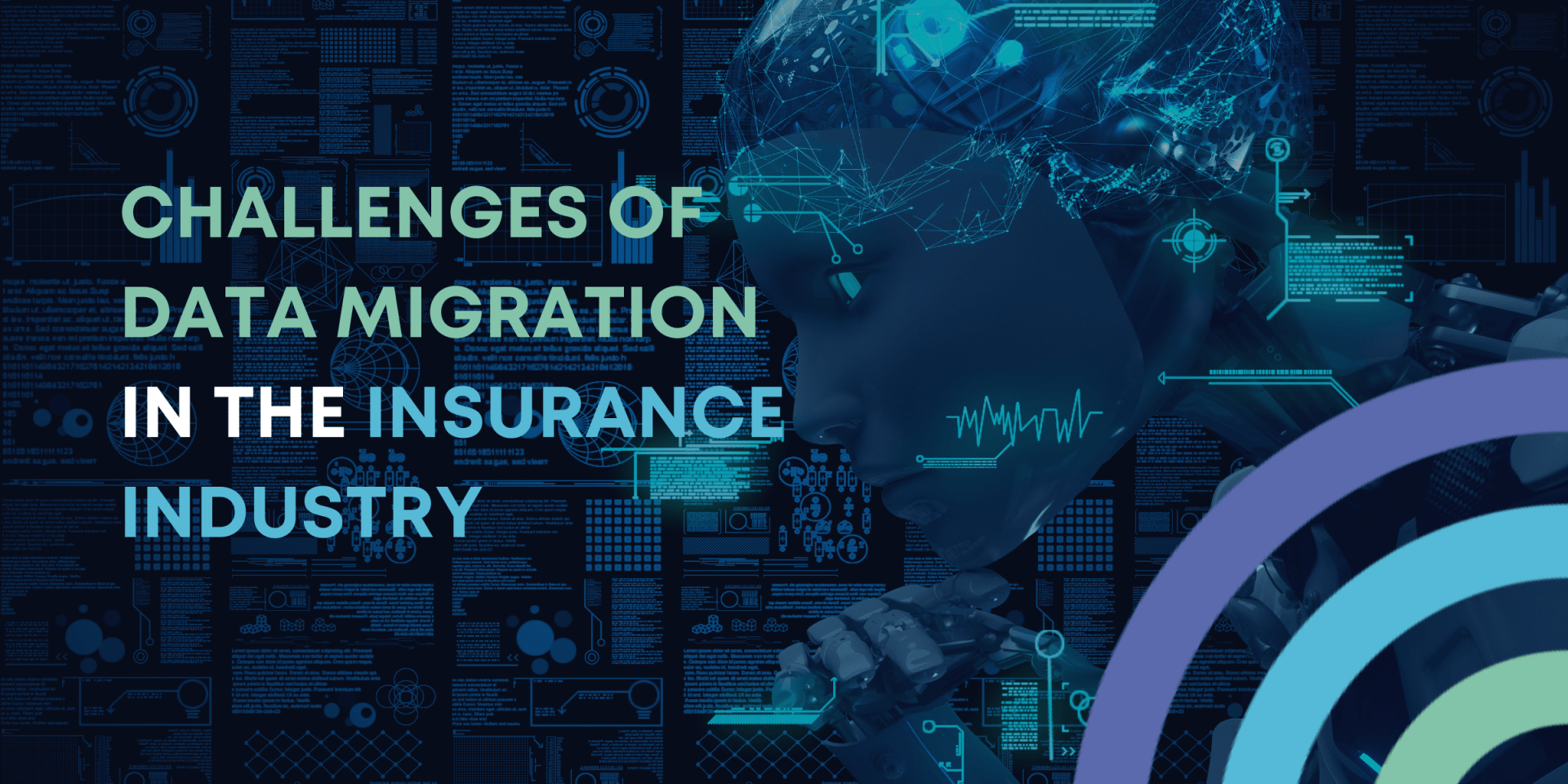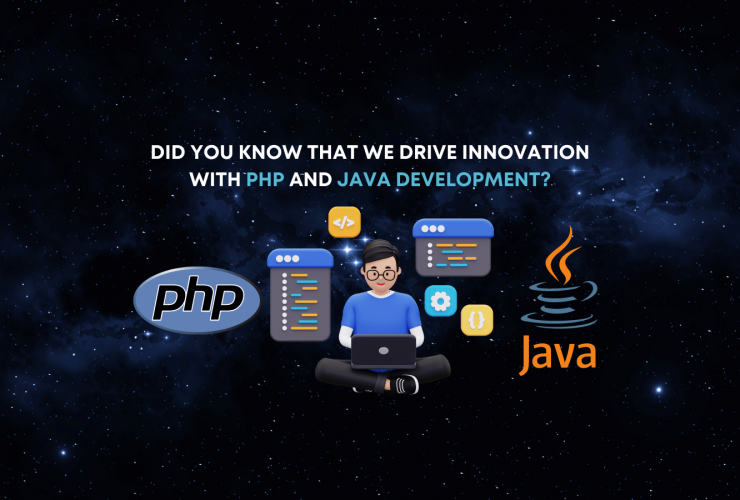Addressing the Challenges of Data Migration in the Insurance Industry
by The Data Company, 24 July 2023
In Today’s Fast-Paced Insurance Landscape, Data Migration is a Critical Challenge that Organisations Must Address to Stay Competitive and Future-Ready.
With our advanced data migration solution, migrateFINIUM, powered by dataFINIUM, The Data Company empowers insurance organisations to navigate the complexities of data migration with confidence.
By leveraging migrateFINIUM, insurers can harness the power of data to identify trends, predict risks, optimise pricing models, and drive business growth.
Data Migration in the Insurance Industry can present several challenges:
Here are some of the common ones:
Legacy Systems:
- Many insurance companies rely on legacy systems that were built decades ago. These systems often use outdated technologies and have complex data structures, making it difficult to extract and transfer data to modern platforms.
Data Volume and Complexity:
- Insurance companies deal with vast amounts of data, including policy information, claims data, customer details, financial records, and more. Migrating such large volumes of data while maintaining data integrity and consistency can be challenging.
Data Quality and Consistency:
- Inaccurate, incomplete, or inconsistent data can create significant issues during migration.
- Data may be stored in different formats or follow varying standards across different systems, requiring thorough data cleansing and transformation efforts.
Data Mapping and Transformation:
- Mapping data between source and target systems is crucial for successful migration. Insurance data often contains complex relationships and interdependencies, such as policy hierarchies, coverage details, and claim histories. Ensuring proper mapping and transformation of data to match the new system’s structure and business rules is a critical challenge.
Downtime and Business Continuity:
- Insurance companies operate in a highly regulated and time-sensitive environment. They must minimise downtime during migration to avoid disrupting business operations, customer service, and claims processing. Ensuring a smooth transition without impacting productivity is a significant challenge.
Data Security and Privacy:
- Insurance companies handle sensitive customer data, including personal information, financial records, and medical details. Maintaining data security and privacy during migration is crucial to protect against data breaches or unauthorised access.
Stakeholder Alignment and Change Management:
- Data migration often involves multiple stakeholders, including IT teams, business users, data owners, and external vendors. Ensuring proper communication, collaboration, and alignment among stakeholders can be challenging.
- Additionally, managing change within the organisation to adapt to new systems and processes is crucial for successful migration.
Testing and Validation:
- Thorough testing and validation are essential to ensure the accuracy and integrity of migrated data. Creating test scenarios, executing data validation checks, and reconciling data between source and target systems can be complex, especially when dealing with large volumes of data.
Regulatory Compliance:
- The insurance industry is subject to various regulatory requirements, such as data protection laws, reporting standards, and compliance frameworks. Ensuring compliance during data migration and maintaining audit trails can be a significant challenge.
Addressing these challenges requires careful planning, robust data governance, effective project management, and the involvement of experienced professionals who understand both the technical and business aspects of insurance data migration.
Here’s how migrateFINIUM solves data migration challenges in the insurance industry:
Legacy Systems:
- Through requirements gathering and mapping, we identify the data sources and their structure within the legacy systems.
- Using dataFINIUM’s extraction functionalities, we extract the data from the legacy systems, regardless of their outdated technologies or complex structures.
Data Volume and Complexity:
- Our dataFINIUM platform is designed to handle large volumes of data efficiently, ensuring a smooth transfer of data during the extraction and loading phases.
- Data transformation capabilities in dataFINIUM help address the complexity of the data by mapping and aligning it to the structure of the target system.
Data Quality and Consistency:
- During the data transformation phase, we leverage dataFINIUM’s cleansing capabilities to improve data quality by identifying and rectifying inaccuracies, incompleteness, or inconsistencies.
- We ensure data conformity to defined standards and formats during mapping and transformation, enhancing data consistency.
Data Mapping and Transformation:
- Requirements gathering and mapping enable us to identify the relationships and interdependencies within the insurance data.
- Leveraging dataFINIUM’s mapping and transformation capabilities, we ensure accurate mapping of data elements between the source and target systems, considering the complex structures and hierarchies.
Downtime and Business Continuity:
- Our team plans the data migration process meticulously, minimising disruptions to your business operations.
- By utilising efficient extraction techniques and data loading features in dataFINIUM, we aim for a seamless transfer of data, reducing downtime.
Data Security and Privacy:
- dataFINIUM’s built-in data concealment or obfuscation techniques help protect sensitive data during migration, ensuring compliance with data privacy regulations.
Stakeholder Alignment and Change Management:
- Throughout the process, we maintain effective communication and collaboration with stakeholders, including IT teams, business users, and data owners.
- Our team ensures that all stakeholders are aligned with the migration plan, and that change management strategies are in place to facilitate the transition to the new system.
Testing and Validation:
- We perform comprehensive testing and validation using dataFINIUM’s data validation features.
- This includes executing data validation checks, reconciling data between source and target systems, and ensuring the accuracy and integrity of the migrated data.
Regulatory Compliance:
- dataFINIUM supports compliance with regulatory requirements through features such as data concealment, data validation, and reporting.
- We maintain audit trails and provide comprehensive reports that demonstrate compliance during the migration process.
By leveraging the capabilities of dataFINIUM and following a well-defined methodology, we can address the various challenges associated with data migration in the insurance industry, ensuring a successful and efficient migration process.
migrateFINIUM offers a seamless transition from legacy systems, ensuring data relevance, quality, and accessibility. It adapts to changing requirements, handles large volumes of data, and upholds data security and compliance regulations.
By leveraging migrateFINIUM, insurance organisations can unlock the potential of future-fit data, driving underwriting efficiency, streamlining claims processes, improving customer experiences, and fostering data-driven innovation.
Tired of data headaches? Say goodbye to the complexity and hello to migrateFINIUM. Explore our solution now!






